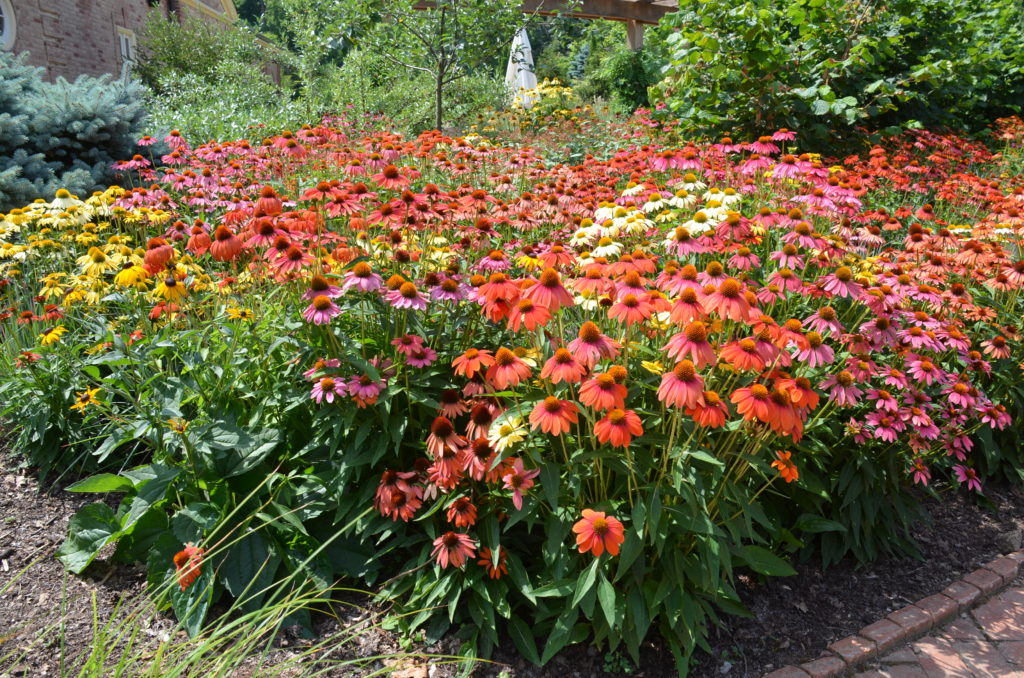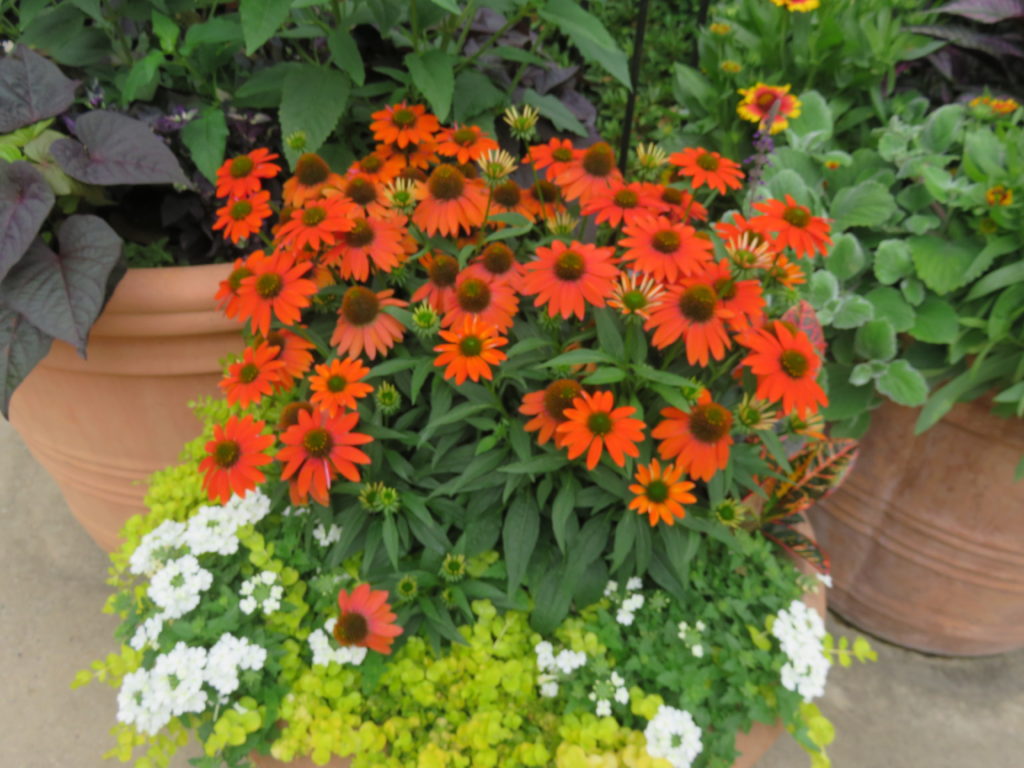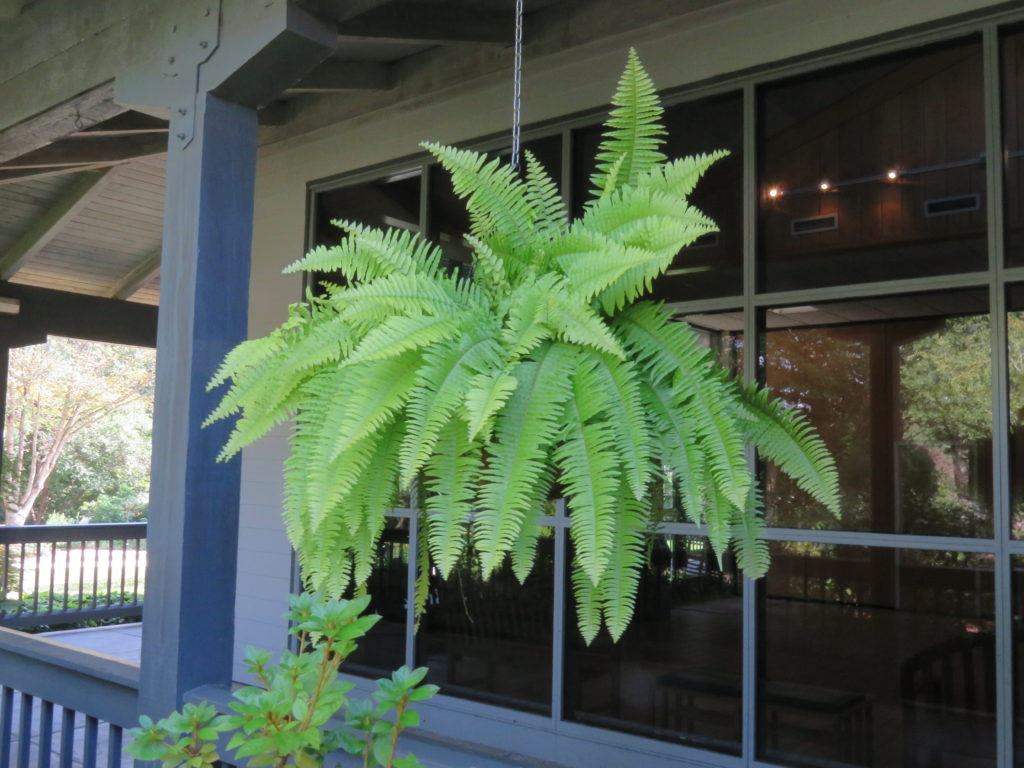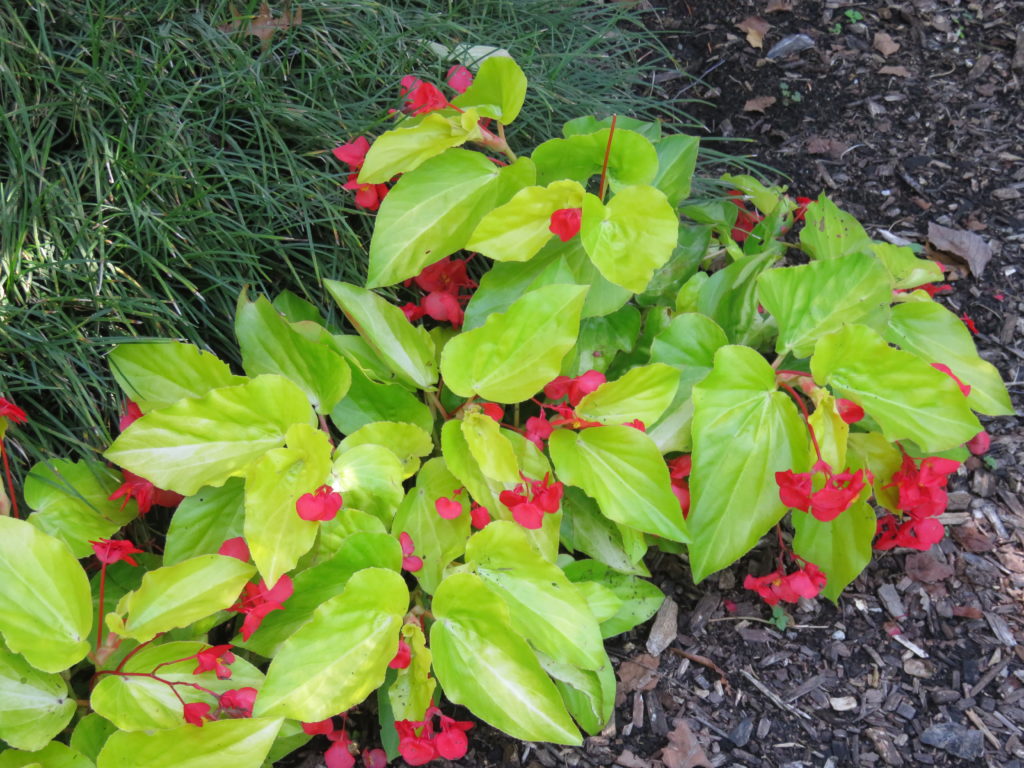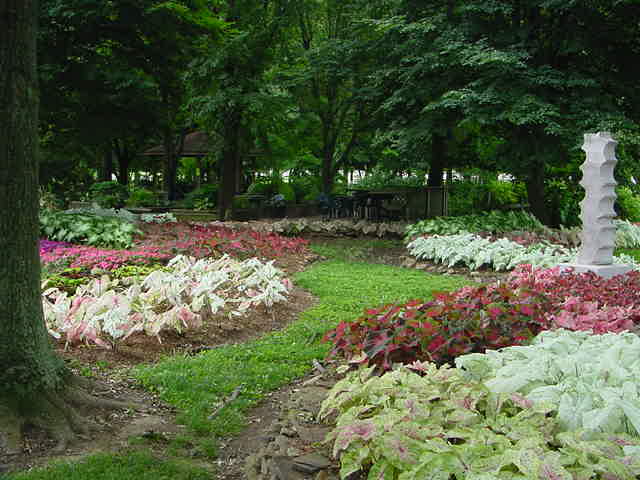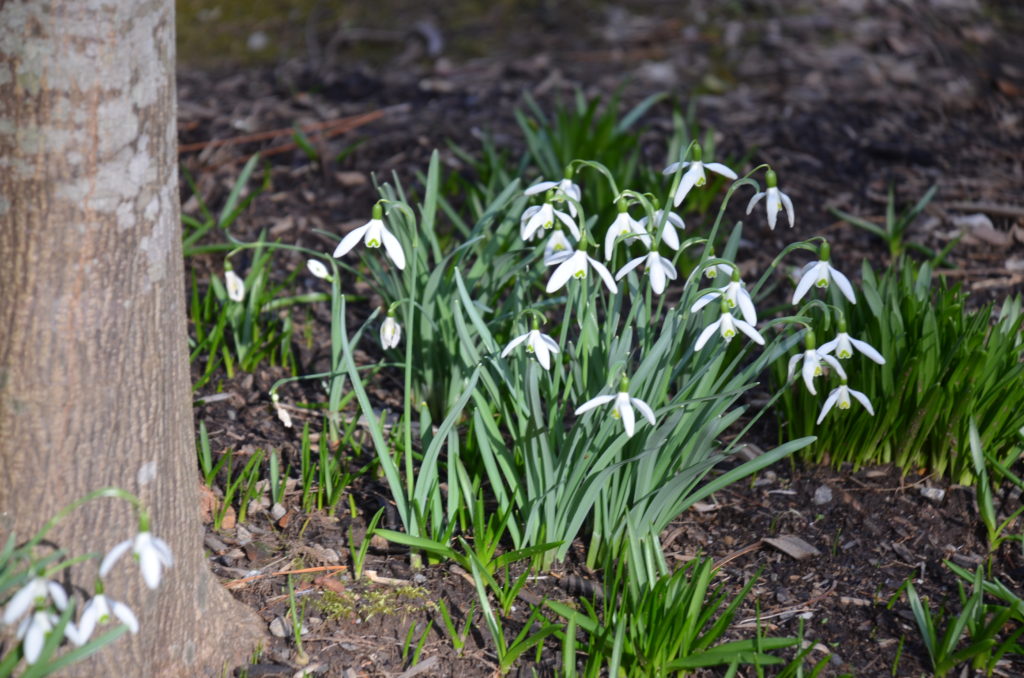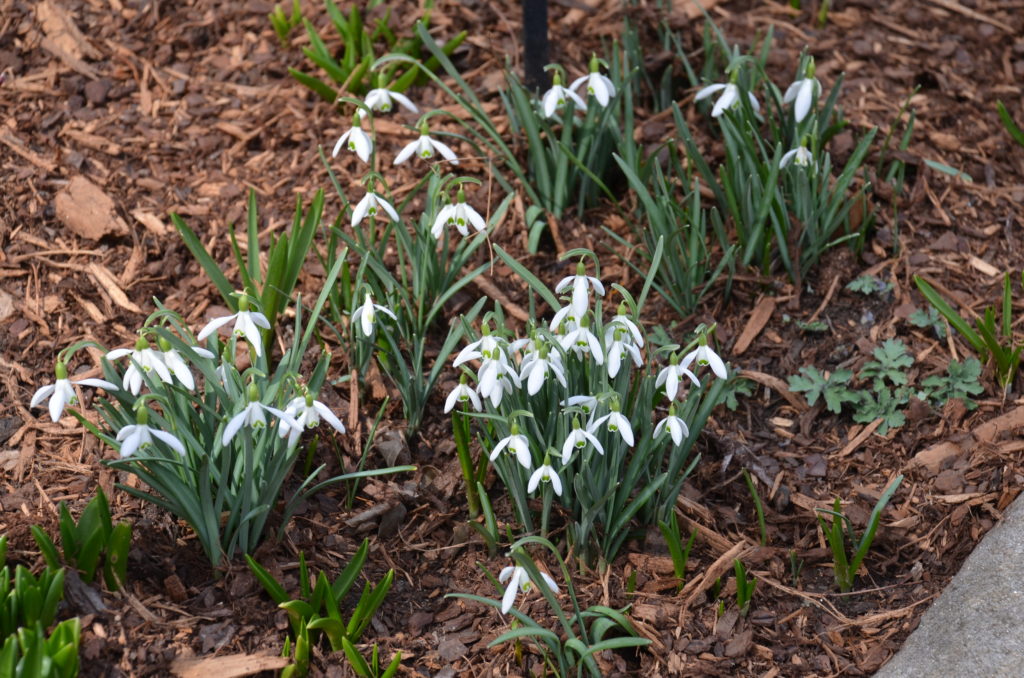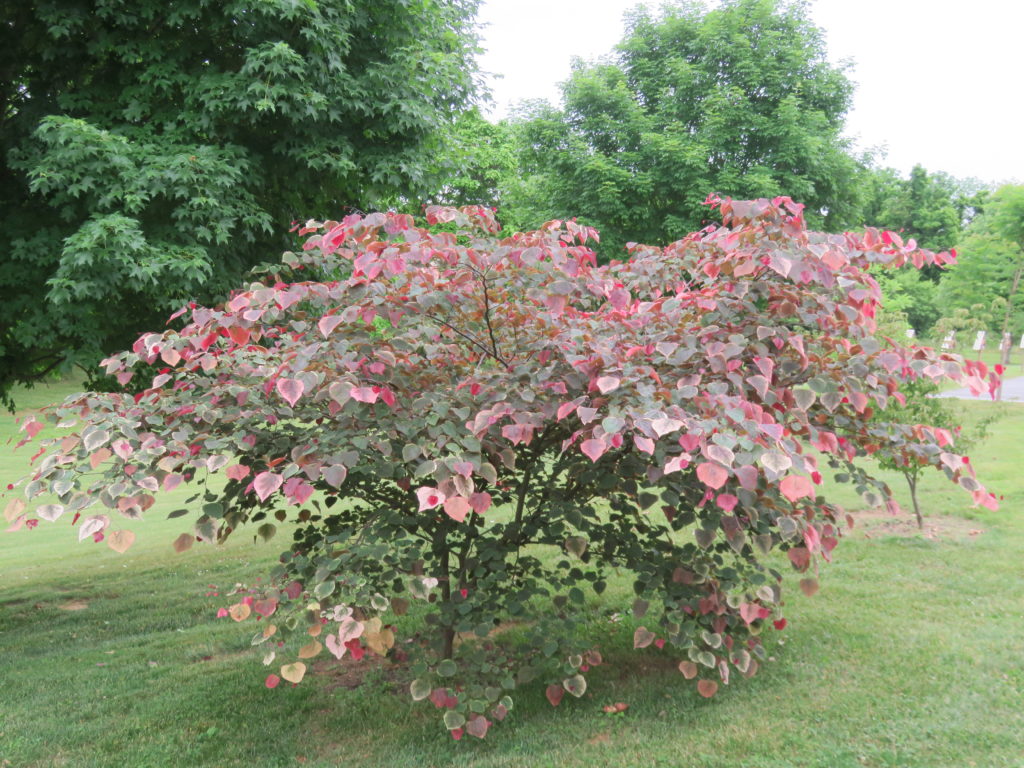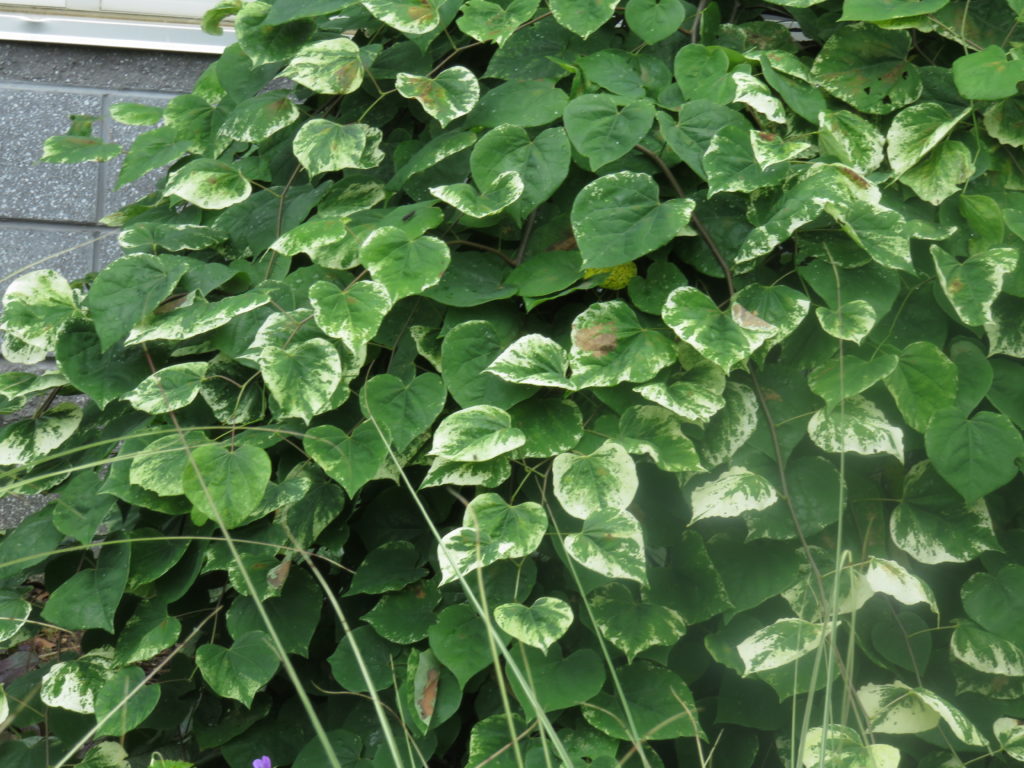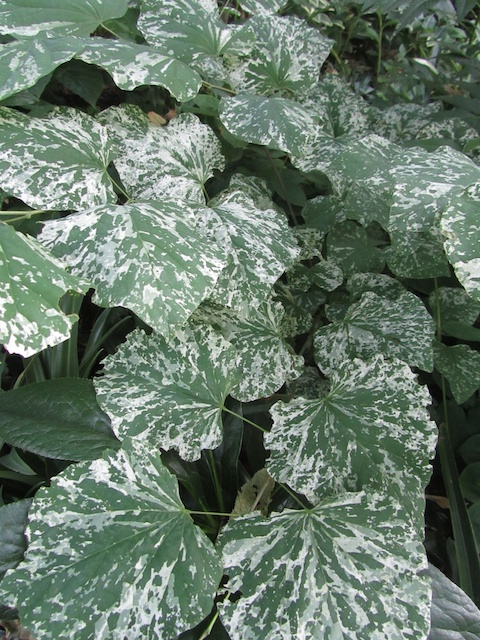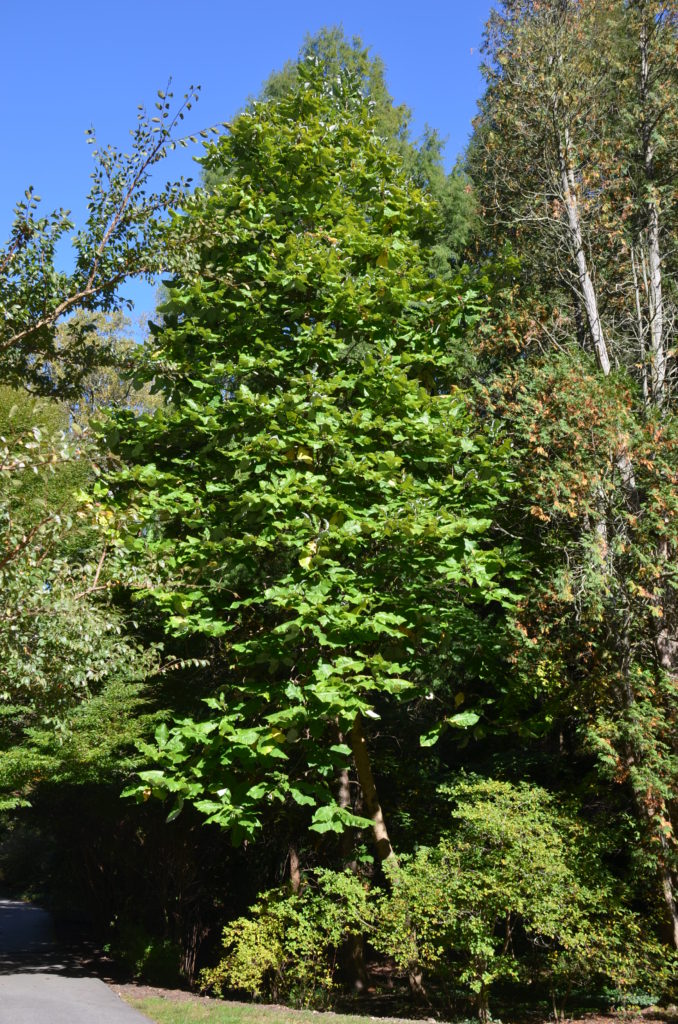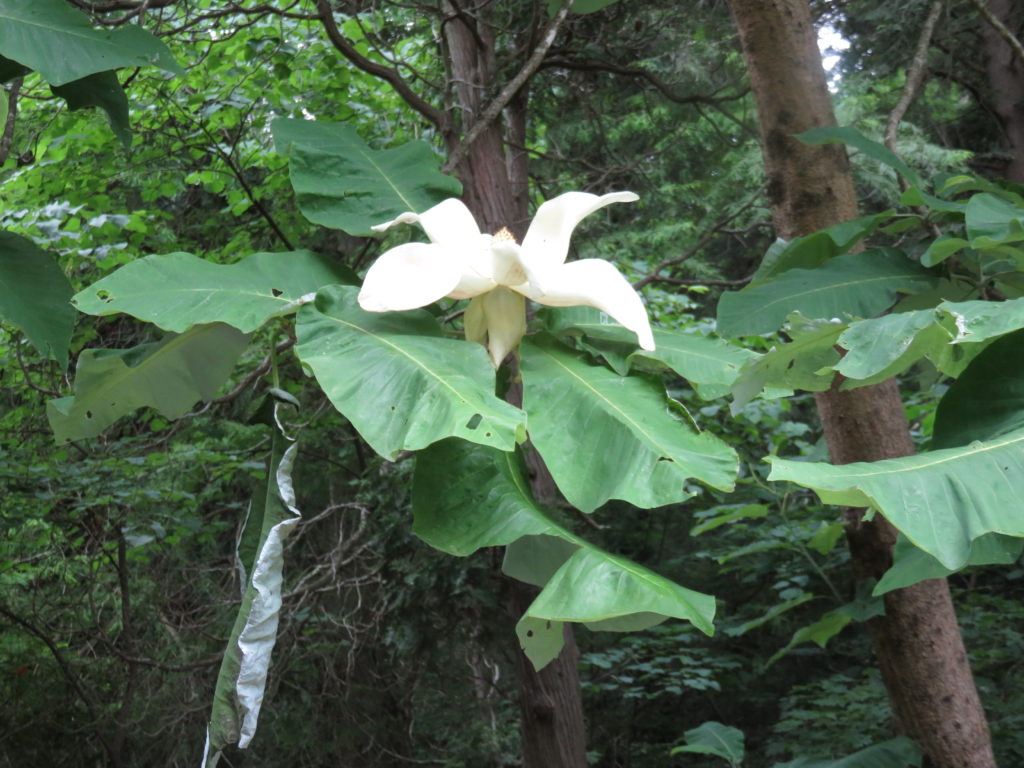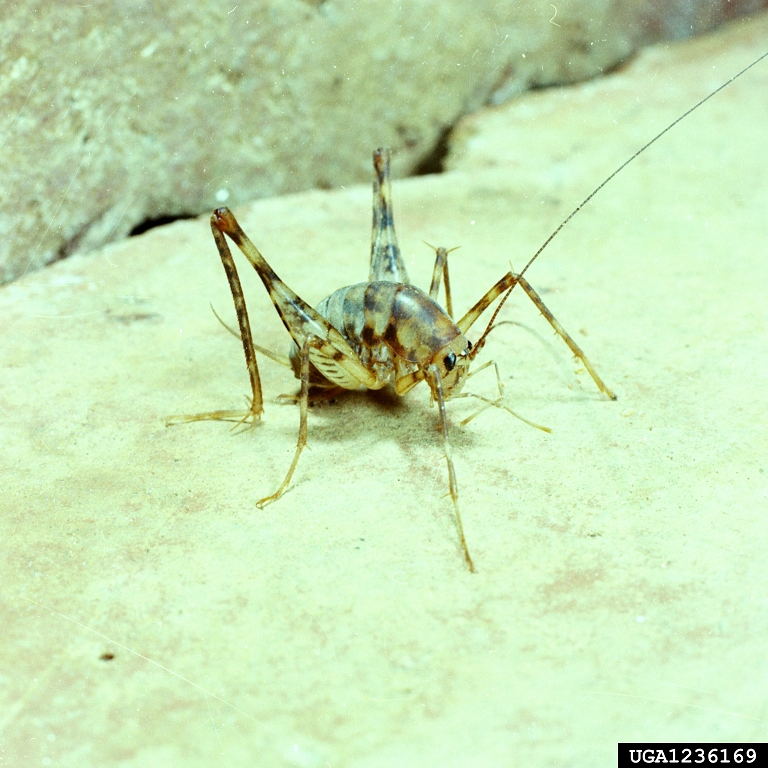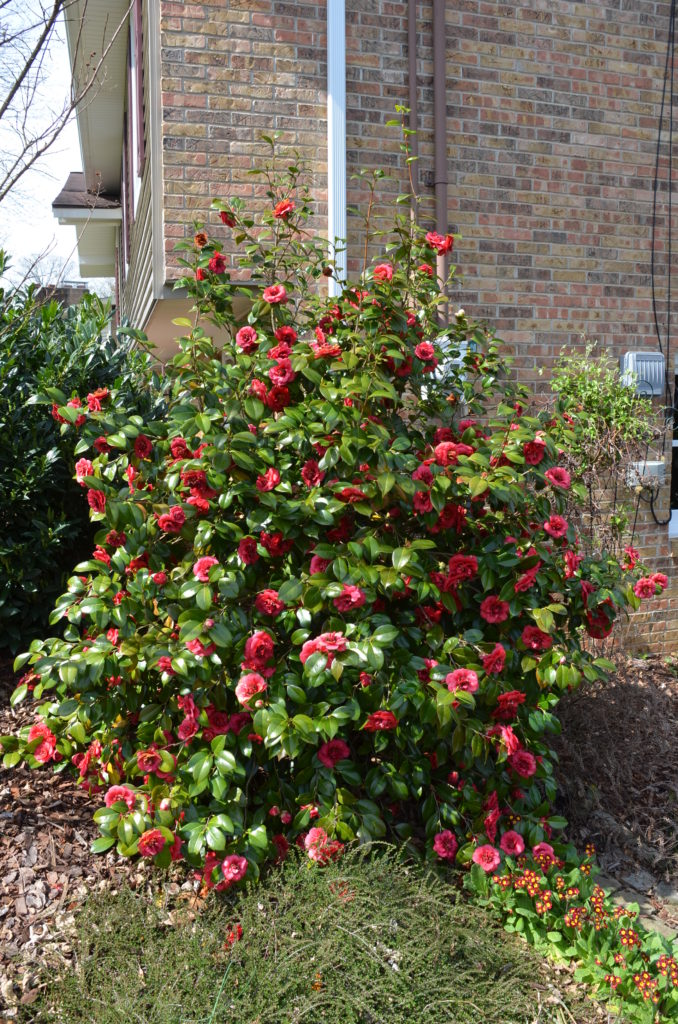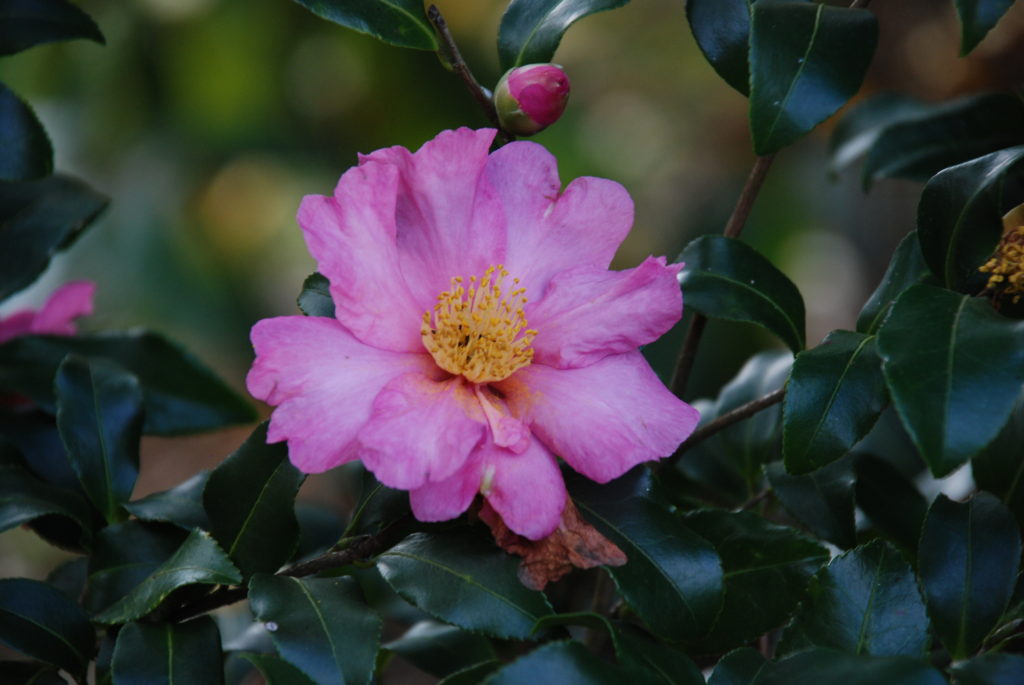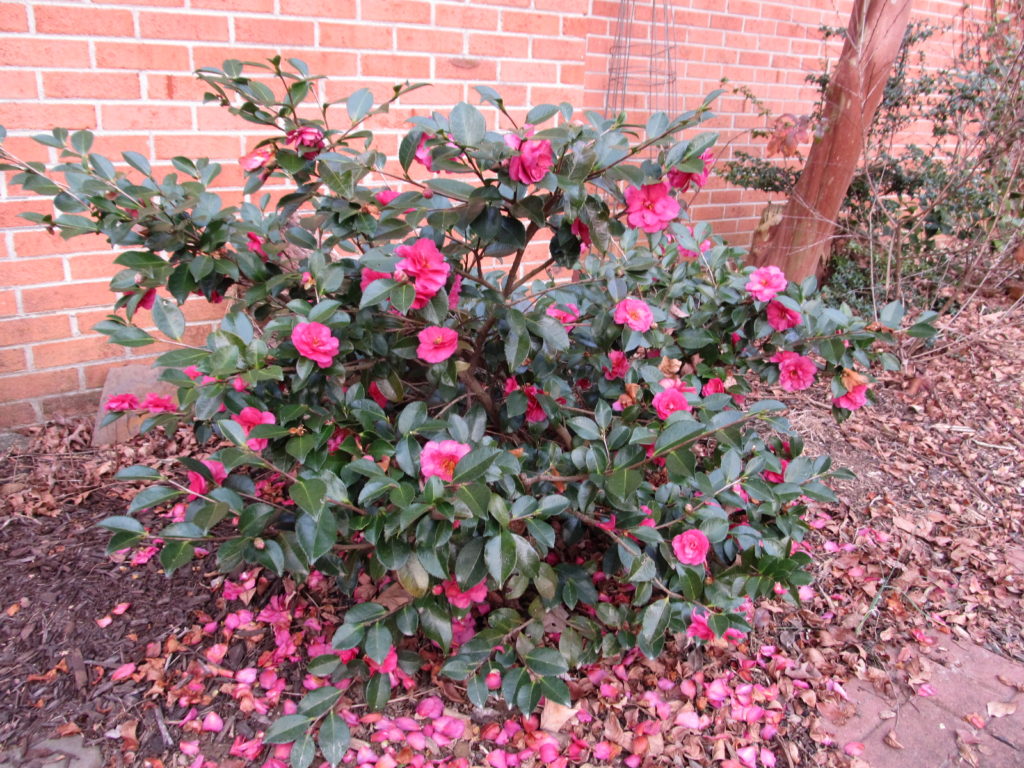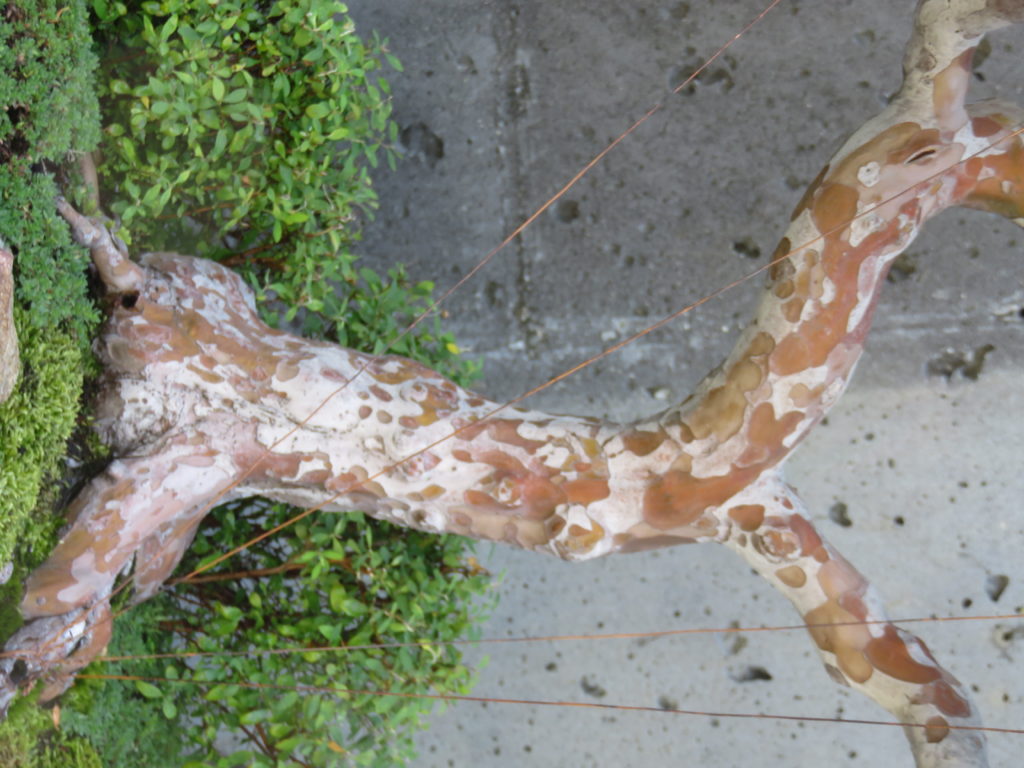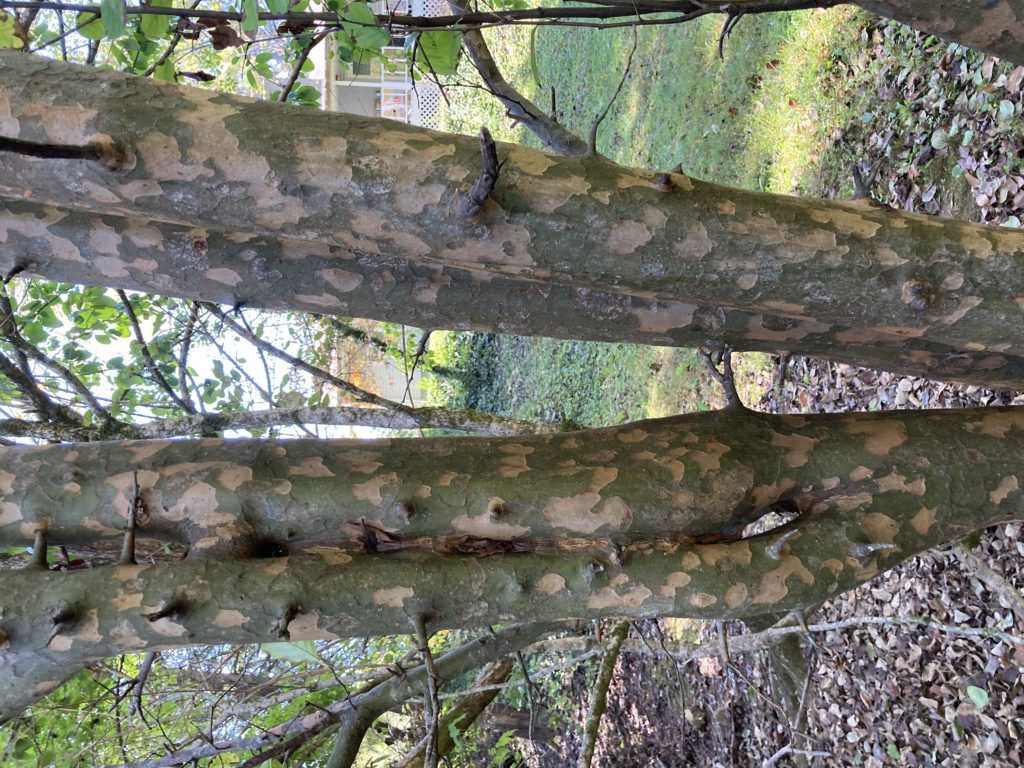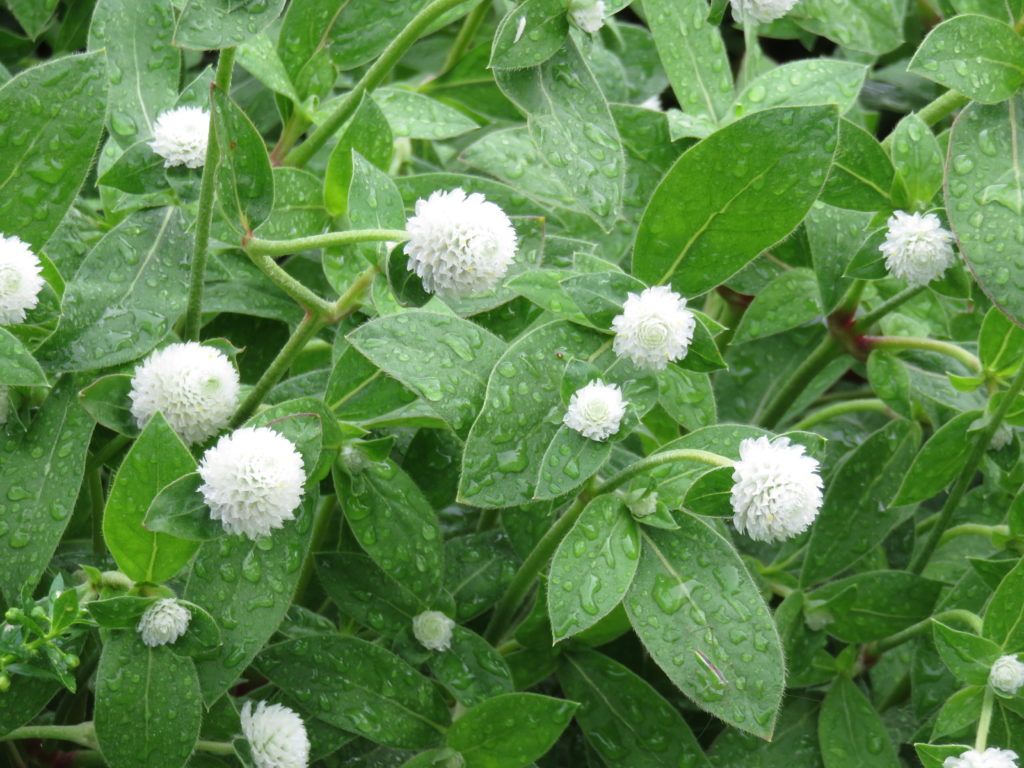
Three important objectives of area gardeners are: 1. Inviting more pollinators, 2. Growing more natives, and 3. Reducing garden maintenance. Gomphrenas, aka Globe amaranths, are becoming more recognized as outstanding annual flowering plants for Tennessee/Virginia/North Carolina gardens. Gomphrenas are North American natives (Texas, New Mexico, and northeastern Mexico) and are blooming machines in the heat, the humidity, and droughty soils of summer.
Gardeners often reach for showy big flowering annuals. However, small ball-shaped clove-like gomphrena blooms are covered with throngs of bees, butterflies, and other nectar feeders in garden beds and containers. Gomphrenas root down deeply and bloom spring, summer, and way into autumn, wanting very little care.
Gomphrenas grow 10 to 24 inches high and 12 to 16 inches spread. The color floral palette comprises purple, pink, orange-salmon, and red. They prosper in full sun and will grow in poor to average ground as long as soil drainage is good. Space plants a foot or so apart. Spread a slow-release fertilizer such as Osmocote™ at planting time. If leaves appear chlorotic in summer, apply a water-soluble fertilizer such as Miracle-Gro™ or Peters™ to green-up plants. Gomphrenas planted in the spring are usually well established in 4-6 weeks. Afterwards, summer watering needs are minimal.
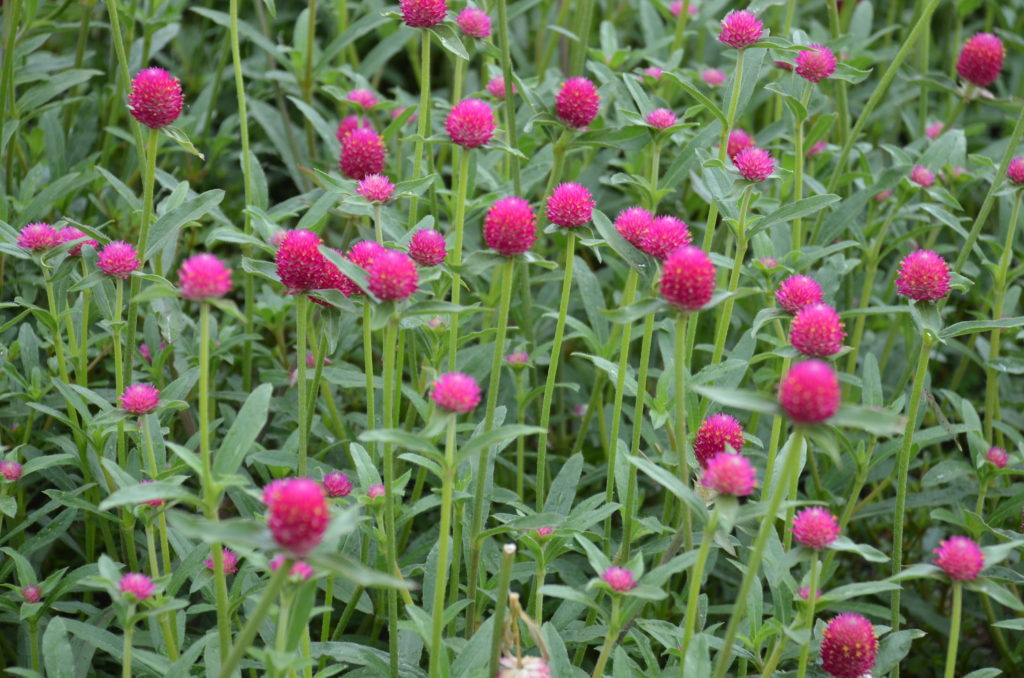
Gomphrenas attract very few pests and disease problems. Rabbits and deer generally stay away. Spider mites are sometimes troublesome if summer weather is exceptionally dry. A coarse spray of water directed to the underside of leaves will reduce mite populations without use of pesticides.
So many great choices!! Long-stemmed Gomphrena haageana grow taller and not as wide as G. globosa. Distinctive G. globosa cultivars include: bright fuchsia ‘Fireworks’, stoplight red ‘Strawberry Fields’, and ‘Lavender Lady’. ‘Fireworks’ are described as “explosions of pink with yellow stamen flowers”. In 2020 a huge hit among visitors to the UT Gardens in Jackson was G. pulchella Truffula™ Pink with “tufted, hot pink orbs with the bracts tipped in tangerine”. It grows slightly smaller than ‘Fireworks’, another gardener favorite.
Audray™ series are available in Bicolor Rose, Pink, Purple Red, and White. LasVegas series (white, pink, purple) are also standouts. See Gomphrena photos on SAPS website. Gomphrena flowers are especially nice in mixed fresh floral bouquets for the table and in dried florist arrangements.

